Estimated reading time 14 minutes, 31 seconds.
They promise “A Swift Death to the Enemy,” and this motto is something that 401 Squadron has dutifully delivered when its country needed it the most. More to point, however, 401, who are known as the “Rams,” has reached a milestone as it is the first Canadian squadron to celebrate its centennial, which officially occurs this month, November 2018.
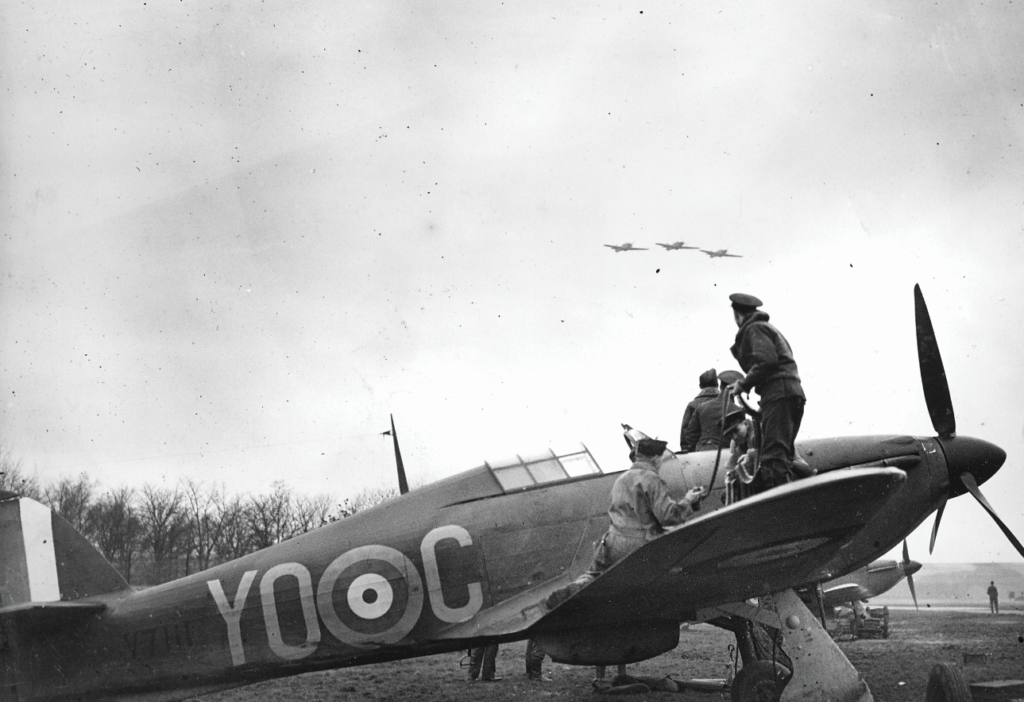
This is a unique feat, the more so since this celebration even precedes the Royal Canadian Air Force’s (RCAF) own 100th anniversary, which will be celebrated in 2024. It is not surprising, therefore, if some people wonder how this is possible, particularly since various histories claim that this squadron was born in 1937, while others date its formation to three years earlier. Yet, after careful and deliberate research, the Canadian Armed Forces’ official publication on lineages determined that 401 can, in fact, trace its heritage back to No. 81 (Canadian) Squadron, which then became the Canadian Air Force’s No. 1 Squadron on or about Nov. 20, 1918.
That particular incarnation of a Canadian Air Force would not survive, but the squadron incubated during its existence would. As such, to understand the significance of the Squadron’s centennial, it is important to take a close look at its birth and how it became 401, followed by a quick summary of its remarkable achievements after that point. Doing so will show why it has a history that is well worth commemorating.
401 Squadron’s origins
The birth of 401 Squadron was actually the product of pressure that the Canadian public and press placed on the government during the First World War. With numerous Canadians gaining fame and recognition while serving with the British flying services, the press, responding to a notable perception within the country, began asking why their nation did not have its own air force. The government responded by creating two Canadian Squadrons, one of which was No. 1.
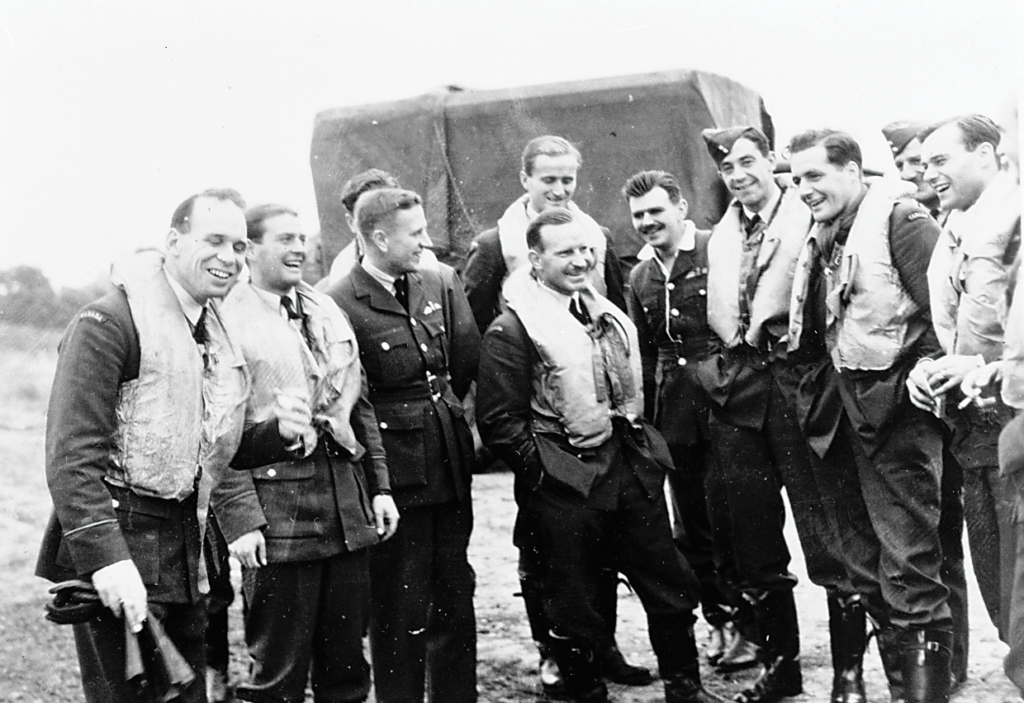
With Maj Andrew Edward McKeever–a celebrated and highly decorated ace–as the first commanding officer, the squadron operated Sopwith Dolphins and SE5a fighters out of Upper Heyford and, later, Shoreham, England. With the war over, however, government interest in maintaining a Canadian Air Force waned and, as a result, No. 1 was disbanded on Jan. 28, 1920.
No. 1 continued to have a sporadic existence throughout the interwar period; it was stood up again on April 1, 1925, as an operations squadron, then converted to training exactly two years later before being disbanded as a military unit on July 1, 1927. It was reformed as No. 1 (Fighter) Squadron on Nov. 1, 1935, after which it became a fighter flight as part of No. 3 Bomber Squadron. Less than two years later it was re-designated as “1 Fighter Squadron.”
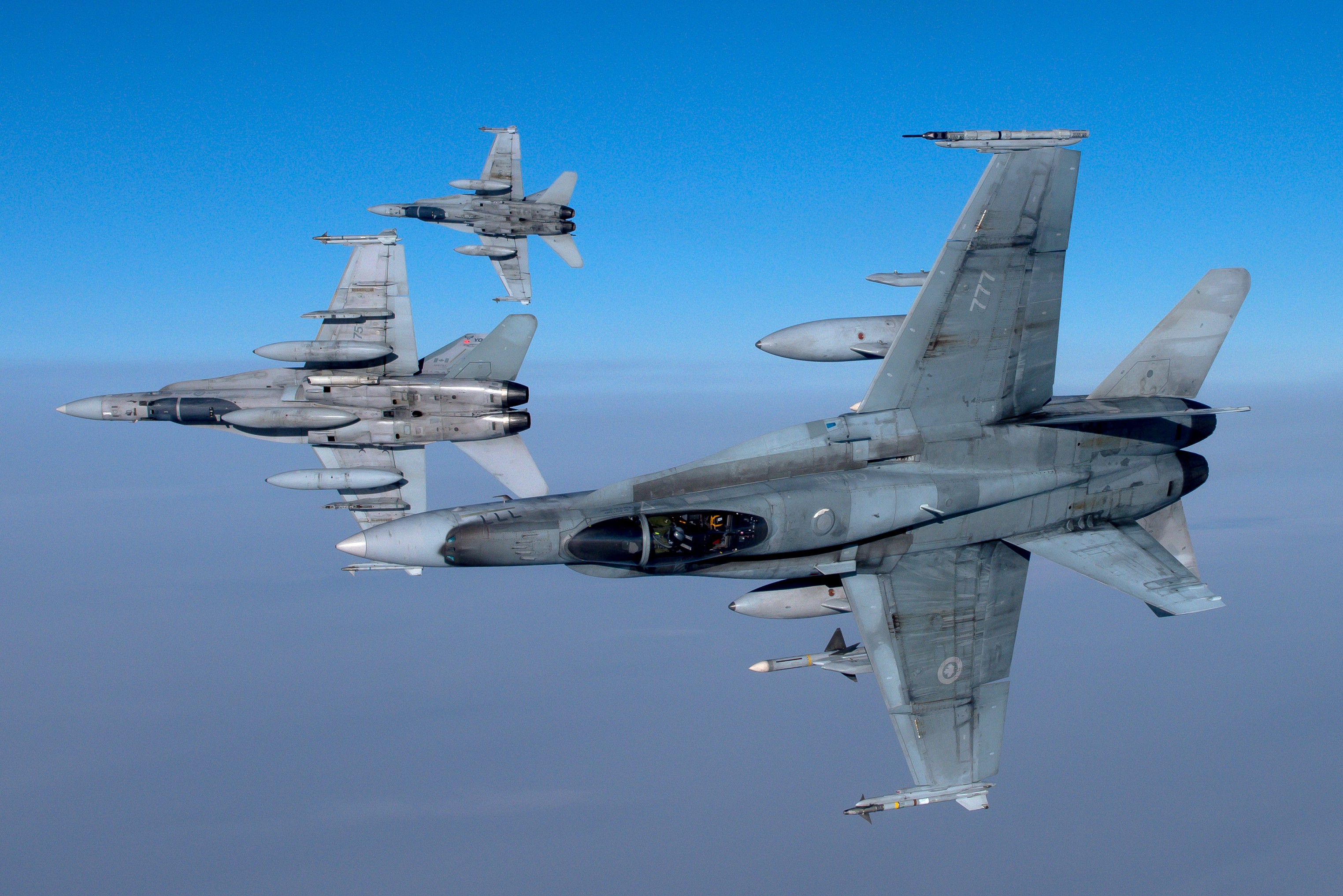
In the immediate period before the Second World War, No. 1 Squadron was a regular force unit flying Siskin aircraft out of Trenton, Ont. In August 1938, it was transferred to Calgary, Alta., where the squadron’s antiquated bi-planes were exchanged for more modern mono-wing Hurricane fighters.
First World War
The start of the war saw the squadron transferred, first to St-Hubert, Que., and then to Dartmouth, N.S., where, in addition to more training, it conducted convoy and maritime-reconnaissance patrols. With the Germans poised to overrun France, the squadron prepared to head overseas to assist in the fighting.
The problem was that it was undermanned.

To bring the unit up to combat strength, the RCAF decided that No. 1 would absorb No. 115 Squadron, an auxiliary reserve unit operating out of Montreal, Que. Unfortunately, while 115 is an essential part of 401’s heritage, it is not possible to explore its history here. What is important to mention is that this was a noteworthy milestone in 401’s history because it not only gave the squadron ties to the Reserve Force, but also to a major Canadian city. 115’s link to a Montreal district would later translate into its becoming the “City of Westmount” Squadron.
With the addition of more airmen drawn from three bomber-reconnaissance squadrons as well as others from a Toronto manning depot, No. 1 arrived in Great Britain in June 1940, where it achieved a number of significant firsts for the RCAF.
Perhaps the most obvious of these achievements was the fact that this was the first time that a Canadian squadron engaged in combat as an independent national unit. Before this moment, all Canadians who had fought in the air had done so as members of one of the British Imperial services (Royal Flying Corps, Royal Naval Air Service or Royal Air Force). Like many squadrons, it took some time before No. 1 became operational, but once it did so, a number of other “firsts” followed.

Not all of these were good news for the squadron, however. For instance, its first member to come under enemy fire was Sgt Leslie A. Burke, who also had the misfortune of being the first to die, albeit in a separate incident. There was also the death of Flying Officer Robert Lesley Edwards who, on Aug. 26, 1940, became the first member of the RCAF to die in aerial combat while serving in a squadron that belonged to Canada.
In all, 27 RCAF pilots flew with No. 1 Squadron over the 53 days it was operational during the Battle of Britain. After the commanding officer, Ernie McNab, drew first blood for an RCAF squadron by shooting down a Dornier Do 215 on Aug. 15, 1940, over Kent, the squadron went on to achieve impressive results as No. 1’s pilots claimed 30 enemy aircraft destroyed, eight probable destroyed, and 35 damaged.
While they had played an import role in denying the Germans the opportunity of gaining air superiority over Britain, they were exhausted. As a result, they were sent to Prestwick, Scotland, where they would conduct comparatively less intensive coastal patrol work. This was then followed by a move to RAF Digby, in Lincolnshire, England, where, in March 1941, they were renumbered 401 as part of the birth of the RCAF’s “400 series” squadrons.
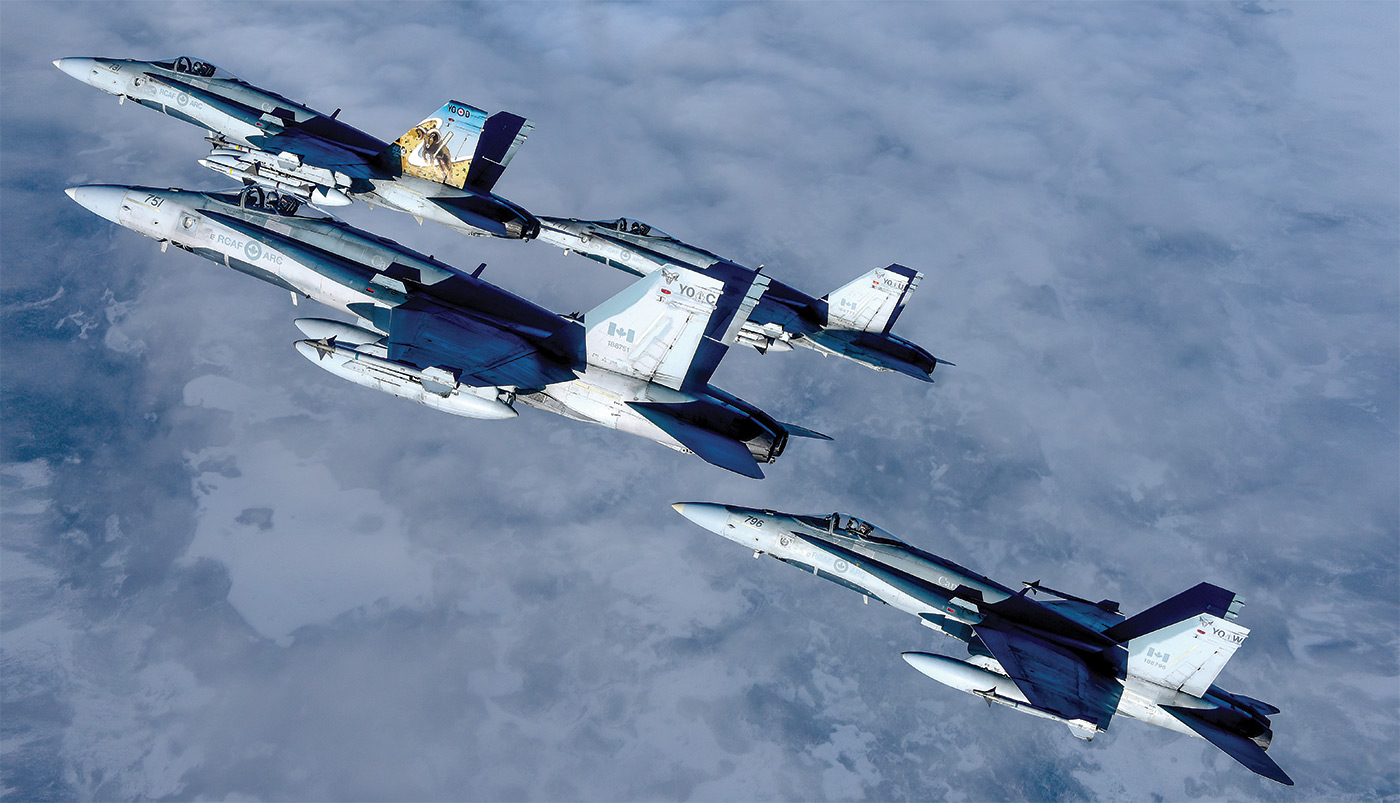
401 Squadron continued to impress throughout the war. Having replaced its Hurricanes with Spitfires, the squadron flew numerous missions over enemy-held territory and played a key role in support of significant operations such as Jubilee (Dieppe), and Overlord (Normandy), as well as Market Garden (Arnhem), which was the attempt to capture key bridges during the Allies’ advance into Germany in September 1944.
By the time Germany was defeated, the squadron had achieved an impressive tally. While exact numbers vary from account to account, the squadron had racked up anywhere between 180 to just under 200 enemy aircraft destroyed. It was also a well-decorated unit, as the squadron’s history notes that “in individual honours, 19 pilots were awarded the Distinguished Flying Cross, one a Distinguished Flying Medal and one a Distinguished Flying Order.”
Post-war
Soon after the war, 401 Squadron became an auxiliary (reserve) fighter squadron as part of the downsizing to accommodate a peacetime air force. However, to help in its new role of ensuring that part-time and veteran pilots of the reserves maintained their skills, 401 was equipped with Harvard trainers. With the RCAF acquiring jet aircraft in the late 1940s, the squadron was soon flying Vampires, which operated out of its home in St-Hubert, Que. Another significant moment occurred in 1951, when, following a larger RCAF effort, the squadron created its own Women’s Division section, which saw 12 airwomen join 401 Squadron during the first year of the program.
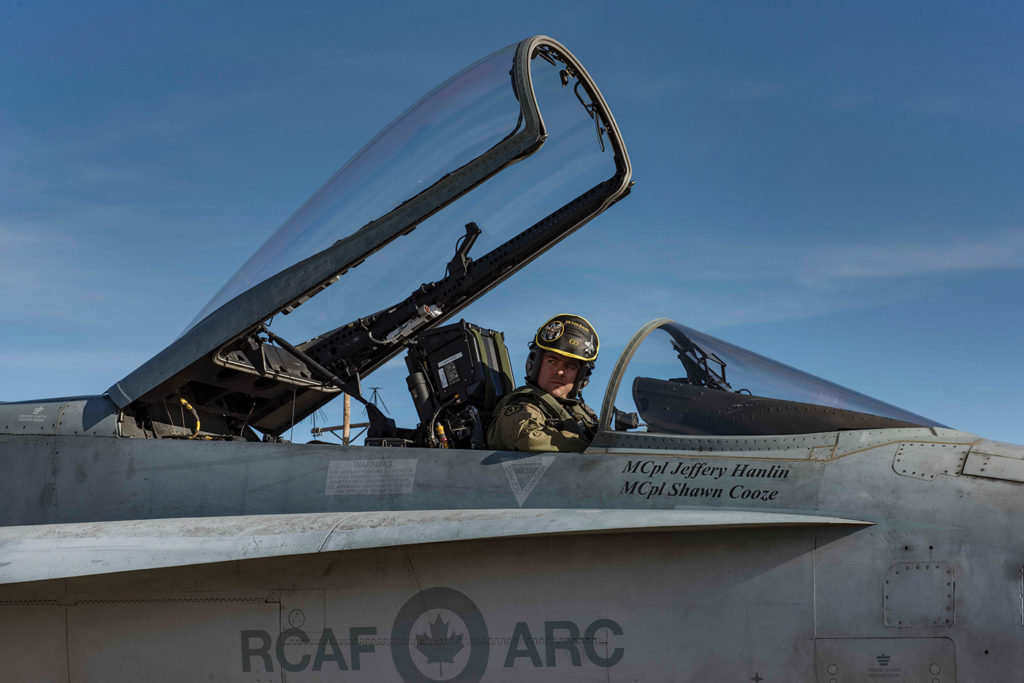
After acquiring Shooting Star jet trainers in 1953, the squadron would see its Vampires replaced with F-86 Sabres three years later. For various reasons, mostly to do with the complexity of operating jet aircraft within the Reserve Force, the squadron was re-rolled into a light transport and search and rescue unit, accomplished with the acquisition of Expeditor aircraft.
This did not come without resistance, however; the squadron history observes that “the problems involved in changing the mentality of pilots from fighter jockeys to range riders were many and varied, and a strong hand was required to [subdue] the exuberance… although the gripes lingered on.”
From this point, 401 Squadron’s history continued to mirror its existence during the interwar period. From 1964 onwards it was re-designated three times, including in 1991, when it became a helicopter operational training squadron before it was disbanded in 1998.
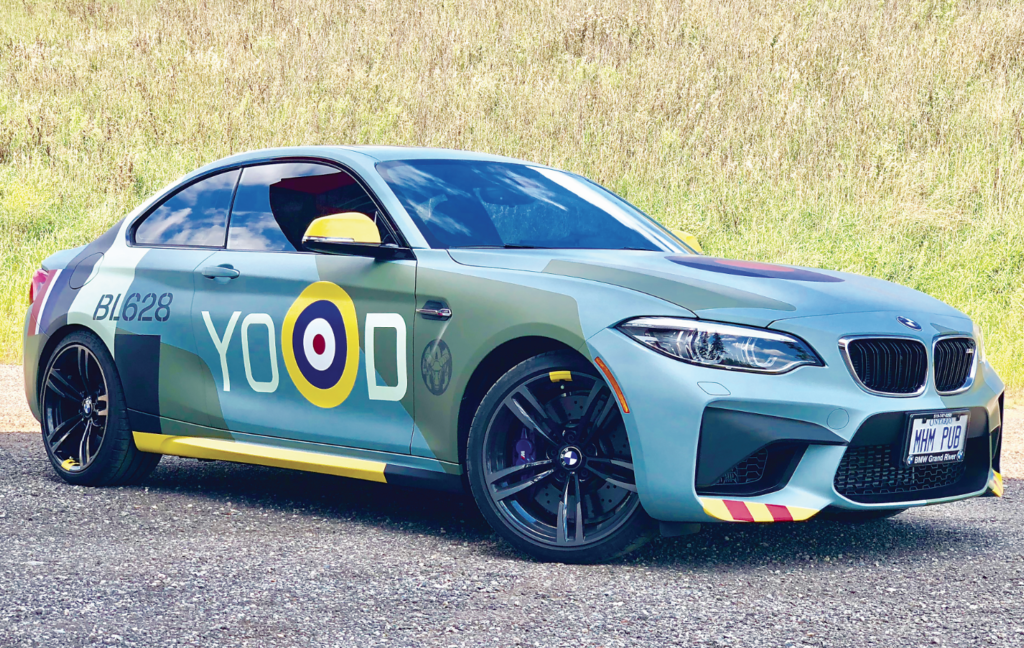
The re-activation of 401 Tactical Fighter Squadron in 2015 has shown that it not only has returned to its original roots as a fighter squadron, but also–when we look at the aircraft they flew then and compare them to the CF-188 Hornets in their inventory today–it is clear how far the unit, and the air force (and aviation, for that matter) has come over the last 100 years of the squadron’s history. The unit clearly has much for which it should be proud, and has the right to brag about a number of “first” achievements for the RCAF.
The fact that it is getting to celebrate its centennial before any other squadron, and even the RCAF, is now yet another accomplishment to add to its already impressive list.






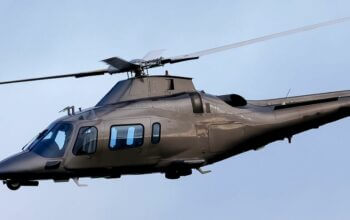


As a 22-year member of the Squadron, I find he above account of 401 Squadron fairly complete, except for the pre-1939 and 1950-1970 periods. The unit contributed heavily to the 401 Squadron prior to the latter’s move from Halifax to Great Britain, especially prior to The Battle of Britain – considering that 115 Squadron produced more members to No. 1 Fighter squadron than did No.1 itself!